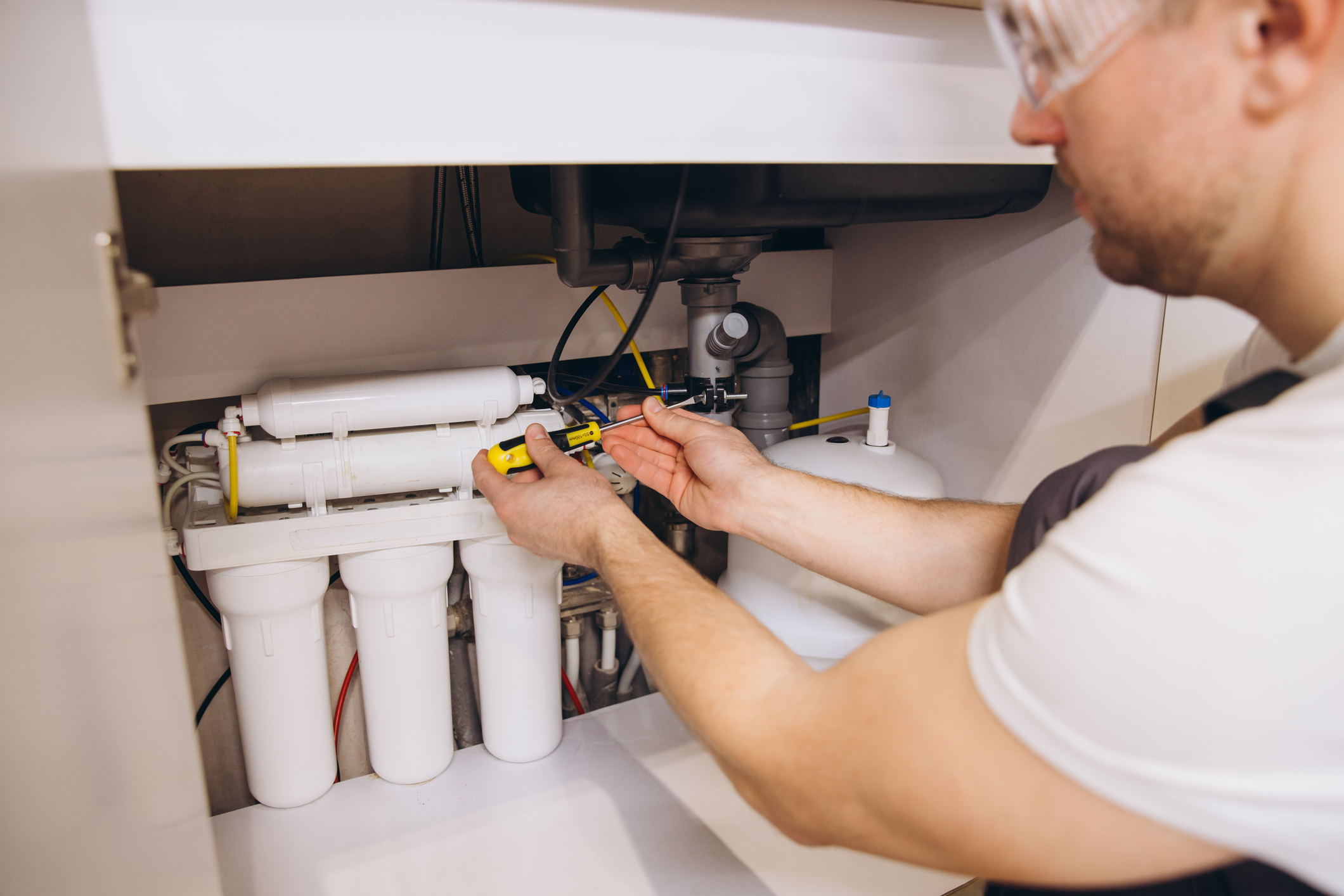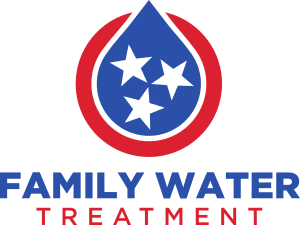
Ever feel like your water bill is climbing faster than Tennessee kudzu in July? Or maybe you’re dreaming of off-grid freedom, family land, or a little more self-reliance. Either way, rainwater harvesting might be your new favorite hobby (and household upgrade). Collecting rainwater can be a smart, sustainable, and downright satisfying solution, whether you’re on a rural homestead, tucked inside a tiny home, or managing a family compound with more foot traffic than a downtown diner.
What Is Rainwater Harvesting?
Rainwater harvesting is exactly what it sounds like: collecting, storing, and using rainwater that falls on your roof or land. It’s a bit like catching lightning in a barrel—only more practical, and far less dangerous.
Most systems are simple: rain falls on your roof, flows into gutters, is filtered (ideally), and then stored in tanks or cisterns for later use. That water can be used for gardening, livestock, laundry, flushing toilets, or, with the proper treatment, even drinking.
Why Homeowners Love It
- Saves money: Slash your utility bill, especially during the summer watering season.
- Reduces runoff: Helps manage stormwater and reduce erosion on your property.
- Emergency-ready: If the grid goes down, your water source doesn’t have to.
- Eco-conscious: It’s the ultimate way to reuse something that literally falls from the sky.
Start Small or Go Big
The beauty of rainwater harvesting is its flexibility. You can start with a single rain barrel or build a system with multiple tanks, first-flush diverters, and filtration for potable use.
- Tiny home crew: A compact barrel-and-filter system can handle basic needs.
- Homesteaders: Add storage tanks and filtration to support gardens, animals, and more.
- Family compounds: Scale up to multi-point usage for shared kitchens, showers, or irrigation zones.
Don’t Skip the Treatment
Collecting water is just the first half of the equation. Clean, safe, usable water takes the proper treatment, and that’s where we come in.
Even rainwater can carry bacteria, pollen, bird droppings (nature’s little bonus), and roof debris. If you’re going to use it for anything beyond your hydrangeas, filtration is a must. And if it’s for drinking? Let’s get serious about purification.
Good News: We’ve Got the Gear
Family Water offers advanced filtration and treatment solutions that work wherever you are. Whether your rainwater setup sits on a hilltop in Smithville or a backyard in Bell Buckle, we can help make your water safe and reliable.
Ready to add rainwater to your resource list? Let’s build a solution that goes wherever you do—homestead, tiny house, or family estate.
Contact us for a custom consultation and let our family help yours get the most out of every drop.
Related Posts

How Water Quality Affects the Flavor of Food and Beverages (Especially During the Holidays)
Water quality affects the flavor of food. Discover how clean water from Family Water Treatment can elevate your holiday hosting game.

How to Choose the Right Water Filtration System for Your Home
Family Water makes choosing water filtration easy with clear, simple guidance to find the perfect system for your home, your family, and your water.
